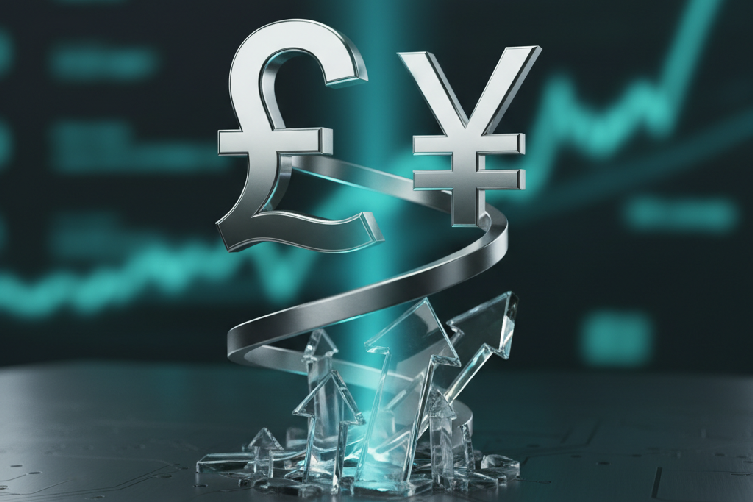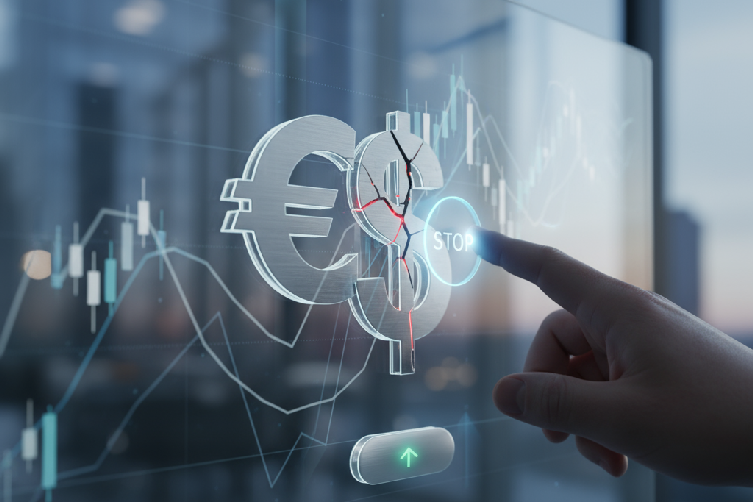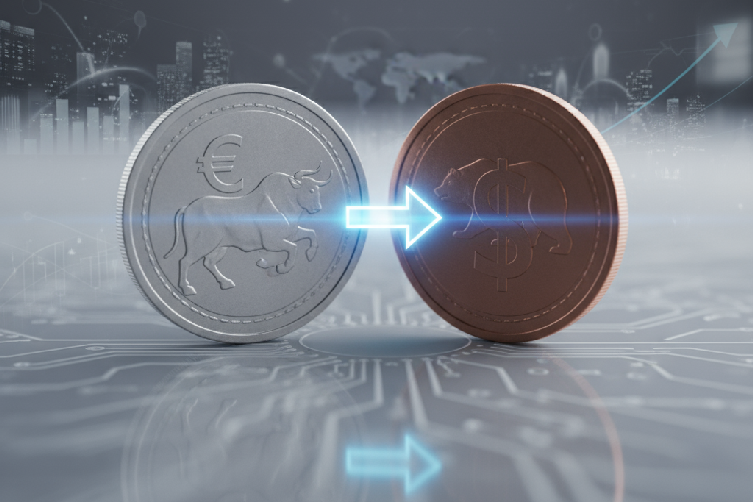Mastering GBP/JPY in Forex Trading: Your Comprehensive Guide

Have you ever been curious about how traders navigate the dynamic relationship between the British Pound and the Japanese Yen? Whether you’re just starting in forex or aiming to diversify your trading portfolio, understanding the GBP/JPY pair is a crucial step.
This guide will break down everything you need to know about this fascinating currency pair. We’ll explore its significance, the factors driving its exchange rate, and strategies to help you trade it more effectively. Let’s dive in and demystify one of the forex market’s most intriguing pairs.
What is GBP/JPY in Forex?
GBP/JPY is a major currency pair that shows the exchange rate between the British Pound Sterling (GBP) and the Japanese Yen (JPY). Within this pair, GBP acts as the base currency, while JPY is the quote currency.
Simply put, the GBP/JPY rate tells you how many Japanese Yen it takes to buy one British Pound. Unlike pairs involving the U.S. Dollar (USD), GBP/JPY is known as a cross-currency pair, which presents its own unique set of trading opportunities and challenges.
Components of the GBP/JPY Pair
To trade GBP/JPY successfully, you must understand the two currencies involved:
- British Pound (GBP): As one of the world’s oldest and most stable currencies, the GBP is a strong barometer of the UK’s economic health. Its value is heavily influenced by interest rates set by the Bank of England (BoE), economic growth, and political events.
- Japanese Yen (JPY): Known as a safe-haven currency, the JPY often gains value during times of global economic instability. Its strength is closely linked to Japan’s economic policies, international trade, and overall market sentiment.
- Interest Rates: Decisions by the Bank of England (BoE) and the Bank of Japan (BoJ) are critical. If the BoE raises rates, it can attract foreign investment and strengthen the GBP. Conversely, if the BoJ keeps rates low, the JPY may weaken, causing the GBP/JPY rate to rise.
- Gross Domestic Product (GDP): Strong GDP growth in the UK can boost confidence in the Pound, while robust economic performance in Japan can strengthen the Yen. Slow growth has the opposite effect.
- Inflation Rates: Higher inflation in the UK could lead the BoE to hike rates, boosting the GBP’s value against the JPY. Conversely, low inflation or deflation in Japan often strengthens the Yen.
- Employment Data: Strong employment figures in either country signal economic stability and can strengthen the respective currency. Rising unemployment typically weakens it.
- Retail Sales & Consumer Confidence: These figures show consumer spending habits. Strong retail sales and high consumer confidence in the UK can lift the GBP, while similar positive data from Japan can bolster the JPY.
The interplay between these two powerful currencies creates a highly dynamic trading environment that can be both volatile and rewarding.
The Importance of GBP/JPY in Forex Trading
As a cross-currency pair, GBP/JPY doesn’t include the U.S. dollar, which sets it apart from major pairs like EUR/USD or USD/JPY. This means its movements are driven by factors specific to the UK and Japan, not directly by the U.S. economy.
This unique combination of British economic drivers and Japanese safe-haven dynamics makes GBP/JPY an appealing choice for traders looking to diversify away from USD-centric pairs.
Why is GBP/JPY So Popular?
The GBP/JPY pair is famous for its high volatility, which can create significant opportunities for profit. This volatility stems from the contrasting economic conditions and monetary policies of the UK and Japan.

Many forex brokers often promote GBP/JPY for its potential to deliver substantial returns, making it a favorite for active traders who enjoy fast-paced markets. However, high volatility also means higher risk, highlighting the absolute need for solid risk management strategies.
Factors That Influence the GBP/JPY Exchange Rate
Several key factors from both the UK and Japan can dramatically impact the GBP/JPY exchange rate. Let’s break them down.
Economic Indicators
Political Events and Their Impact
Political stability (or instability) is a major driver for the GBP/JPY pair. For example, Brexit negotiations and their outcomes have caused significant swings in the Pound’s value, directly impacting the pair.
General elections, changes in government leadership, and geopolitical tensions can all introduce uncertainty and volatility. Traders must stay informed about the political landscapes in both the UK and Japan to anticipate potential market-moving events.
In conclusion, mastering the GBP/JPY pair requires a deep understanding of its unique characteristics. Its high volatility offers promising opportunities but demands respect and a disciplined approach. By keeping a close eye on the economic indicators and political developments in both the United Kingdom and Japan, you can better navigate its movements and make more informed trading decisions.

















